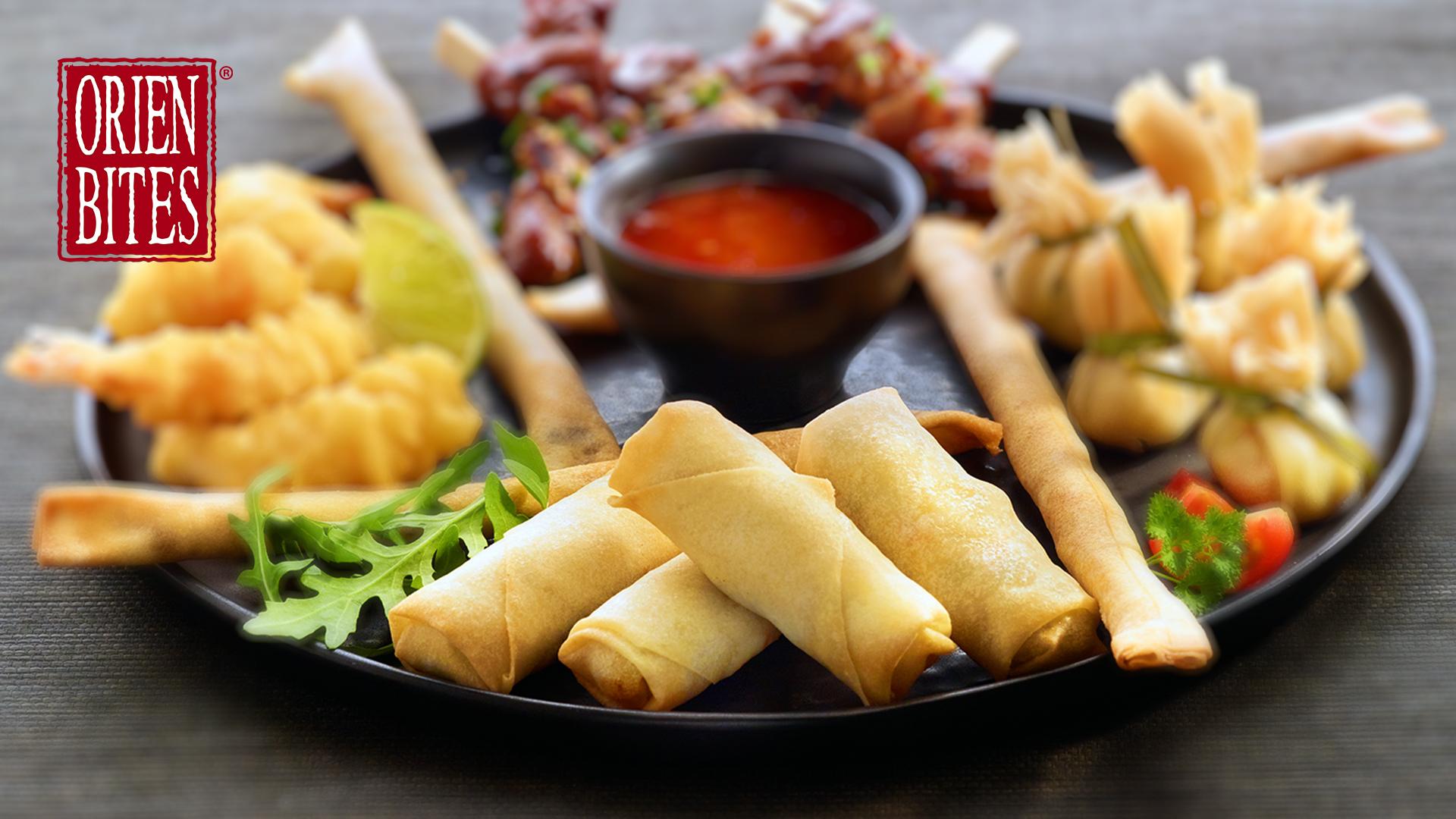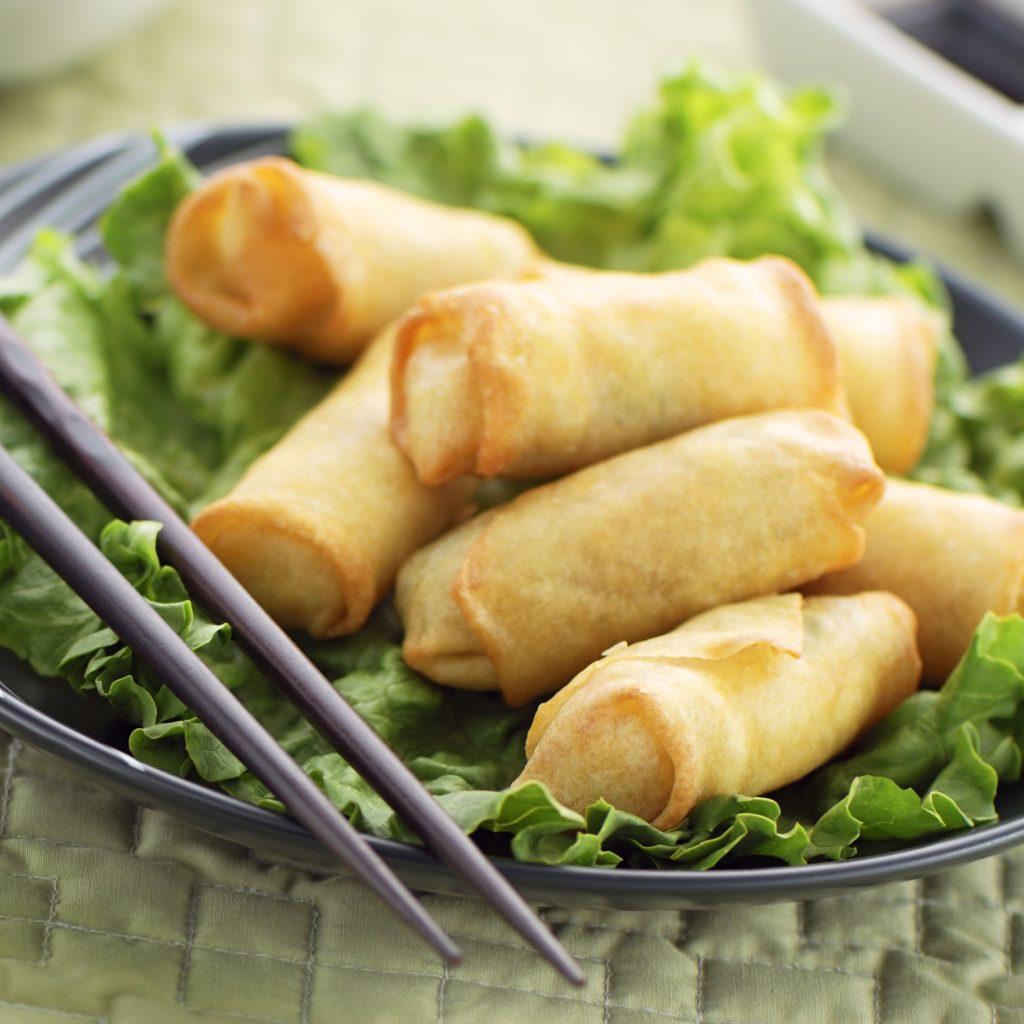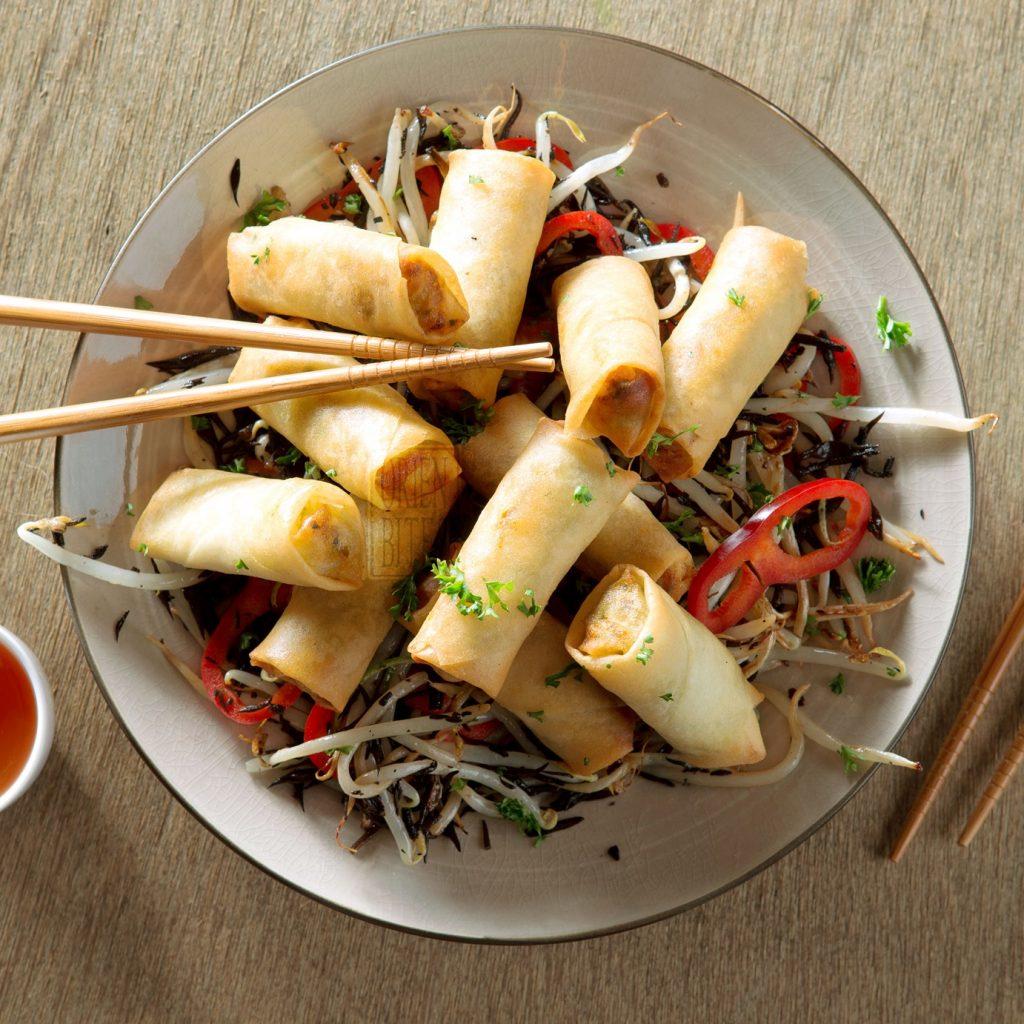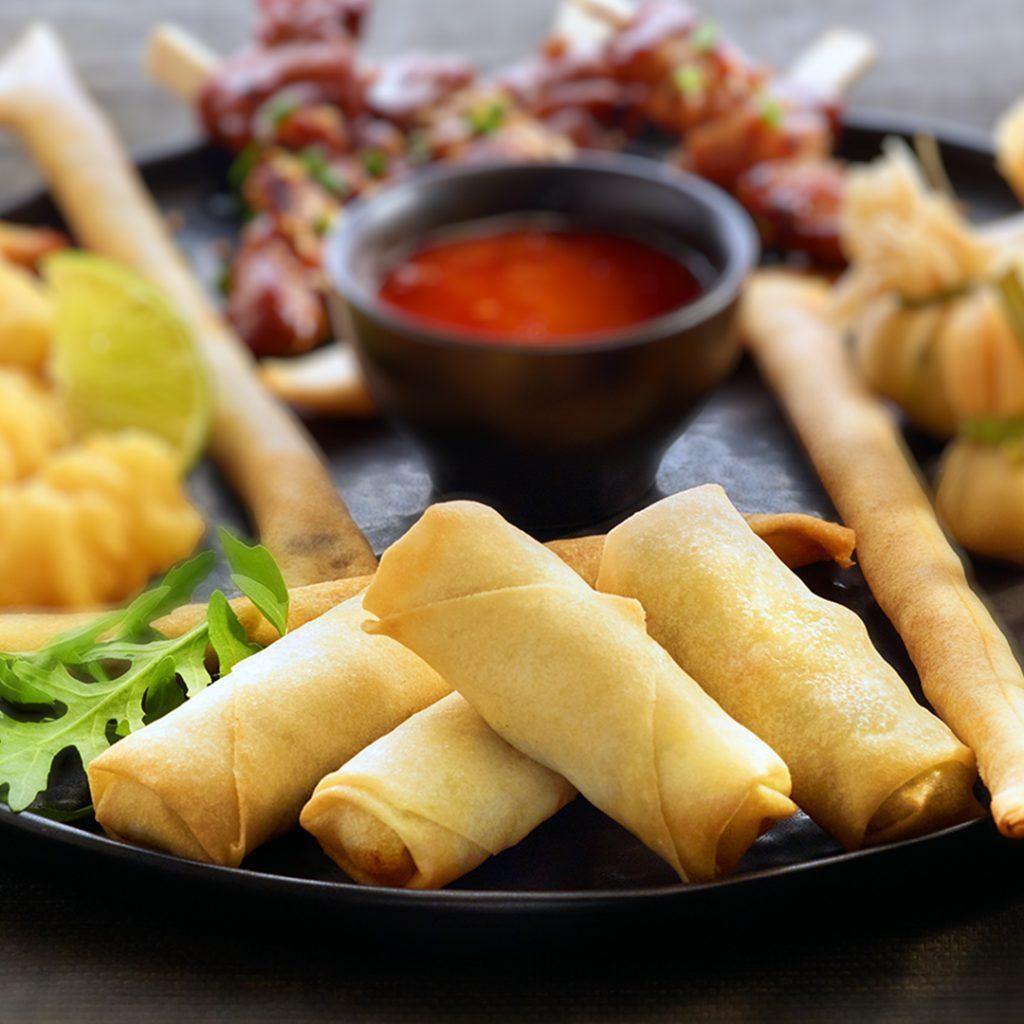
Spring rolls are more than just a delicacy from the Far East. It is an icon of Asian cuisine, spread across numerous cultures and countries. Though spring rolls are a very popular snack in much of the Western world, only a few chefs are aware of the extensive and diverse world of spring rolls, as well as the amazing taste palettes they bring.
The Origins of Spring Rolls
Spring rolls as most people know them originally came from China and then spread across the world through immigration or trading. The original Chinese spring rolls include a colourful mix of spring vegetables, including bean sprouts, cabbages, carrots, and more, depending on the region. The idea behind this mix is to promote harmony and balance between the earth and heaven, which, in Chinese’ beliefs, is believed to bring good luck and fortune.
Spring rolls are traditionally eaten in spring to welcome a new year as well as to pray for good fortune. In Vietnam and China, where the Lunar New Year is still celebrated, extended family members would gather for a grand reunion on the first days of the year, and making spring rolls together is an indispensable part of the tradition. Each family would have their own secret spring roll recipe that has been passed down from generation to generation, much akin to a guarded treasure.
The Spread of Spring Rolls
As traders and immigrants from China spread across the continent, so did the food they brought along. Spring rolls were among these cultural treasures, spreading from China to Vietnam, Indonesia, Cambodia, and even further. Immigrants and traders from Fujian played a pivotal role in the proliferation of this amazing dish.
Around The World on a Roll
As appreciation for Asian foods grew, so too did the popularity of spring rolls, especially in European countries. In France, Germany, and Poland, Vietnamese spring rolls are the most popular variant, due to the sizeable Vietnamese diaspora communities in these countries. In the Netherlands, lumpia is much more popular thanks to Indonesian immigrants.
The vast diversity of spring rolls means that there is always a perfect roll out there for you, but due to the vast distance between Europe and Asia, it might not be possible to explore the full range of flavours they offer. This presents a wonderful opportunity for restaurants, fritteries, as well as snack bars. With OrienBites’ diverse range of spring rolls, you can easily fill this gap and attract new customers with the exotic taste of Asia.
Cambodia
Spring rolls spread to Cambodia through the effort of the Minh’s remnants. After the Minh dynasty was overthrown by the Qing, Minh generals fled to the south to Cambodia, where they settled down with their entourage. These immigrants brought along a plethora of Chinese food, including spring rolls. Over time, Chinese Cambodians and local Cambodians develop a new variant unique to the country, which they call naem chien.
Unlike the Chinese spring rolls, this variant does not use soy sauce or oyster sauce to, opting for fish sauce instead. Naem chien also uses uncooked ingredients as fillings before frying, so its texture is much lighter.
Southeast Asia
In Southeast Asia, spring rolls followed the trails of Fujianese traders and immigrants to Indonesia, Laos, Malaysia, Thailand, and the Philippines. There, the dish took on different names as well as ingredients. In Indonesia and the Philippines, it became known as lumpia, which derives from the Hokkien lunpia. Much like the original Chinese spring rolls, lumpia features a mix of fresh spring vegetables and savoury proteins. However, they are considerably thinner and much less dense compared to their Chinese ancestors.
In Thailand and Malaysia, the dish is known as popiah. Popiah is quite unique in that it is not fried like Chinese spring rolls. Furthermore, the wrapper of this dish is made from a wheat flour-based pastry, which gives it a chewier texture.
Vietnam
Vietnam is a special case, as it has its own version of spring rolls that are not derived from Chinese spring rolls. Vietnamese spring rolls are wrapped in rice paper, a local specialty instead of pastry skin. The rice paper skin gives them a crunchier texture that melts in your mouth. The fillings are also quite different, as the Vietnamese delicacies often feature ground meat (usually pork but chicken variants are also popular), taro, cassava, glass noodles, and wood-eared fungi. As a result, they typically taste fresher and less dense.
It is unclear where the first Vietnamese spring rolls came from. Local Vietnamese believe that the dish was an indigenous Vietnamese dish made during the times of war as a means to preserve and transport foods. Other food researchers believe that cultural exchanges with China have led to the creation of the dish, albeit without the pastry skin due to local preferences.
Conclusion
Spring rolls are an enduring icon that stretches back hundreds of years. Their rich history tells more than just the amazing cuisines of Asian culture but also the stories of the people and their routes of immigration. If you wish to explore even more amazing food stories and exotic tastes from Asia, don’t hesitate to check out our brochure!




